If you follow my blade reviews, then you are no stranger to Dawson Knives. I have a great relationship with Dawson Knives and have become good friends with Barry Dawson, John Roy, and other members of the Dawson family. They love to give me knives to beat up, and I take great pleasure in using their knives to their fullest potential. Well, here I am with another Dawson knife, and this time it’s their Deep Notch Skinner.
The Deep Notch Skinner is a 3/16” thick full-tang skinning knife made from 52100 high-carbon alloy steel (also available in American-made Damascus), which has proven to be an ideal steel choice for heavy-use skinning knives like this one. Blood has some highly corrosive properties that can wreak havoc on a high-carbon steel blade. A professionally applied Cerakote™ finish is there to ensure that your investment doesn’t rust between hunting seasons.
This knife gets its name from the deep finger notch at the front of the handle. A feature which, coupled with its gentle palm swells, makes the textured Micarta handle seem to melt into you hand. Top that off with a 3 3/8” drop-point blade with a subtle recurve and generous belly and you have yourself one fine skinner. But how does it perform? I thought you might ask that.
I’ve spent a lot of time beating up Dawson knives. Usually it is one of their tactical knives, which I can be seen throwing into a tree, chipping through cinder block, busting bricks, and doing other non-blade-friendly tasks. With the Deep Notch Skinner, I wanted to do something a little more closely related to the type of stress typically placed on a skinning knife. Since I didn’t have any animals to field dress, I decided I would cut up some cardboard. Cardboard is brutal on a knife’s edge, so if this knife could withstand some major cardboard cutting, it should do well on an animal hide. So, I cut cardboard—lots and lots of cardboard.
If you want to see just how much cardboard I cut, you can watch the full torture-testing video embedded in this article, but as the photo here illustrates, it was a copious amount, more than enough to make most commercial skinning knives wanting for sharpness. After all of the cardboard cutting, I proved the skinner’s edge retention by attempting to slice the top off a grape. The Deep Notch Skinner sliced the grape cleanly and with ease.
Okay, so it will hold an edge. But dressing an animal requires getting through some bone and joints. Well again, I didn’t have an animal to process, so why not cut through some drywall nails? Yes, I said nails. So, using a hammer as my impact tool I batoned the blade of the Deep Notch Skinner into one of the nails until it had gone nearly all the way through and buried the nail into the backstop. Not a scratch on the bevel! I repeated the process once more using a different spot on the blade, and this time I went all the way through the nail. Only a tiny nick in the bevel this time. I think it would be safe to say that bone won’t be an issue for the Deep Notch Skinner, and with a little honing, the nick in the bevel was gone.
In case you are wondering about transportation and housing, this knife comes with a Kydex sheath for durable protection and convenient carry. Since receiving this knife, Dawson has teamed up with a custom Kydex company to offer an even better sheath system for all of their knives. Unlike the one shown here, all Dawson sheaths now come equipped with a Tek-Lok universal belt mounting system.
The Deep Notch Skinner can be purchased from Dawson Knives for $255.00. Every Dawson knife is hand-made in the USA by members of the Dawson family, and every one of their knives are guaranteed for life. If you’re on social media, be sure to follow Dawson on Instagram and like them on Facebook.
Photo Credits: Chad McBroom
Also consider:

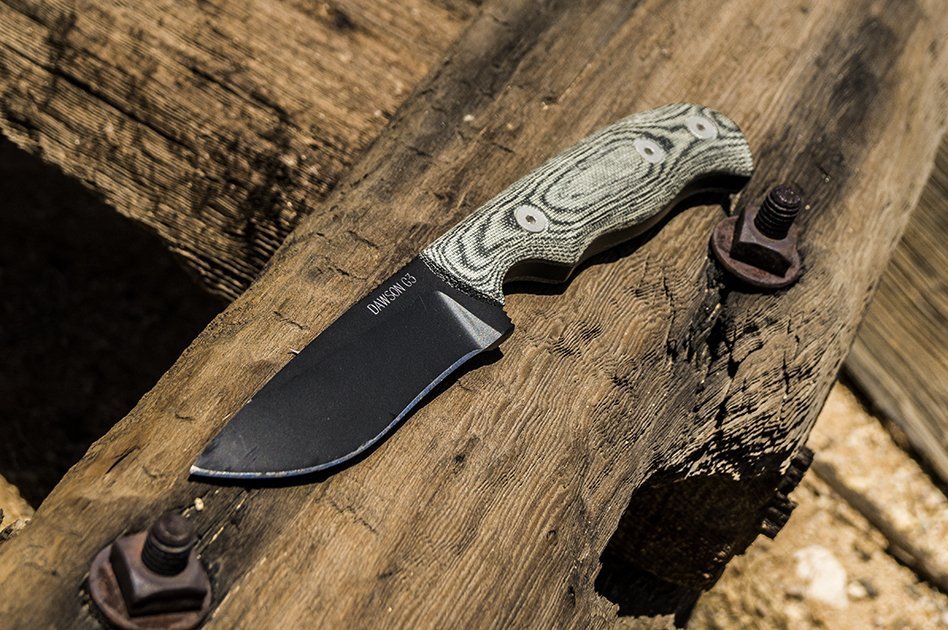


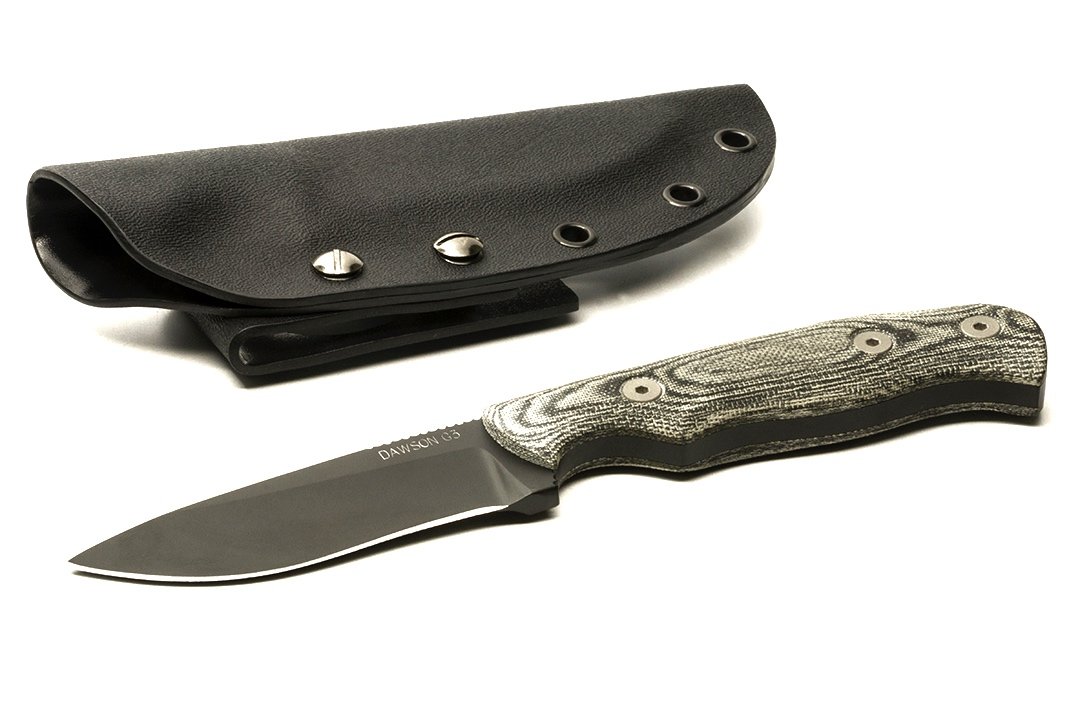


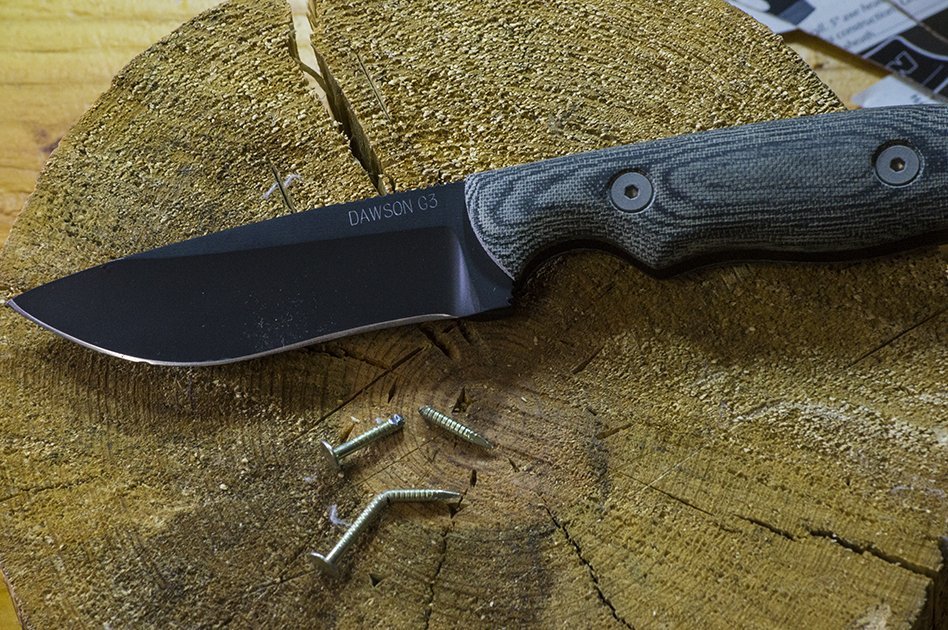
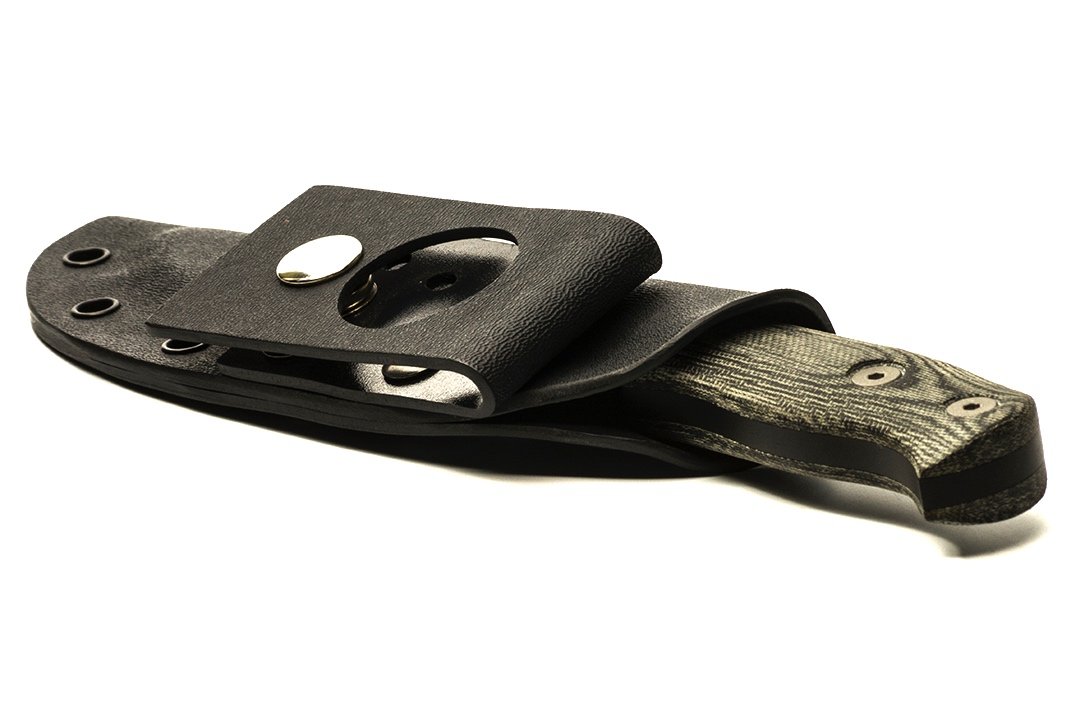
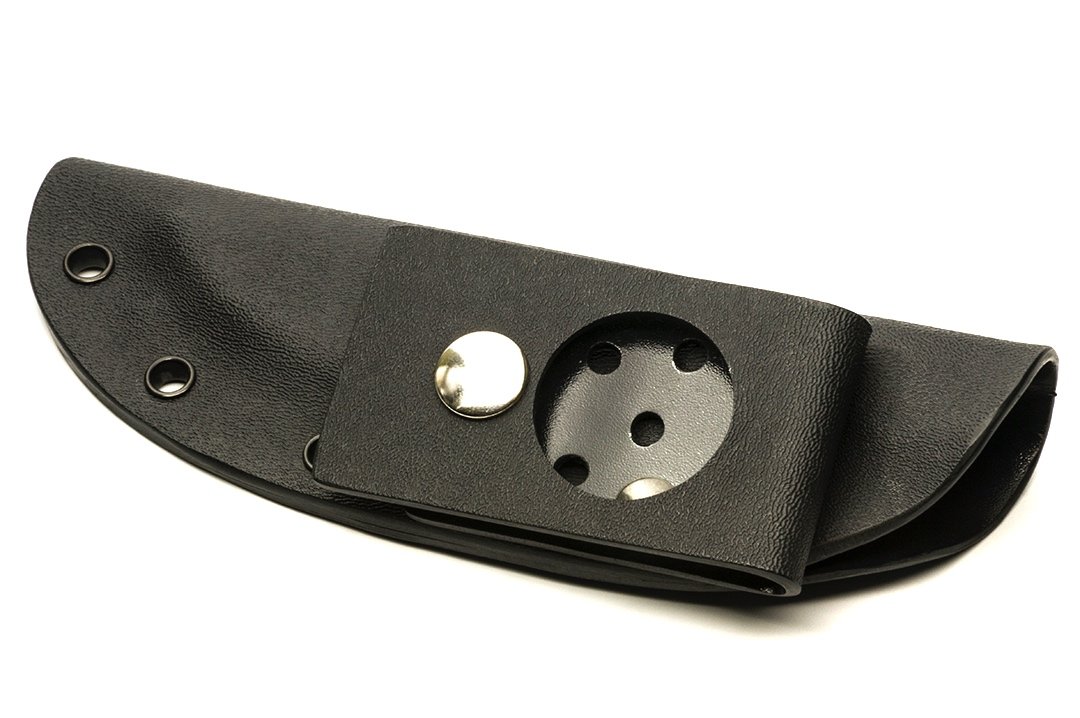
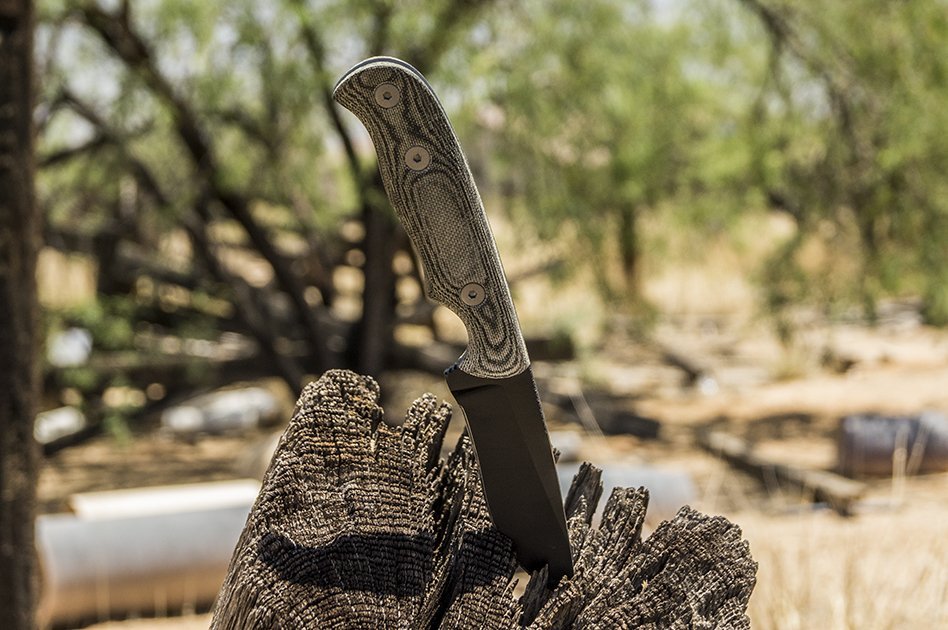
5